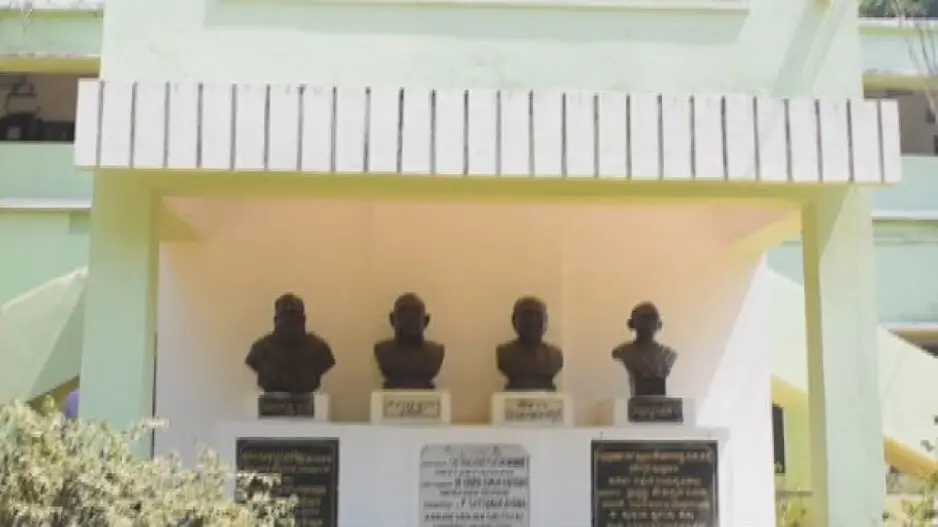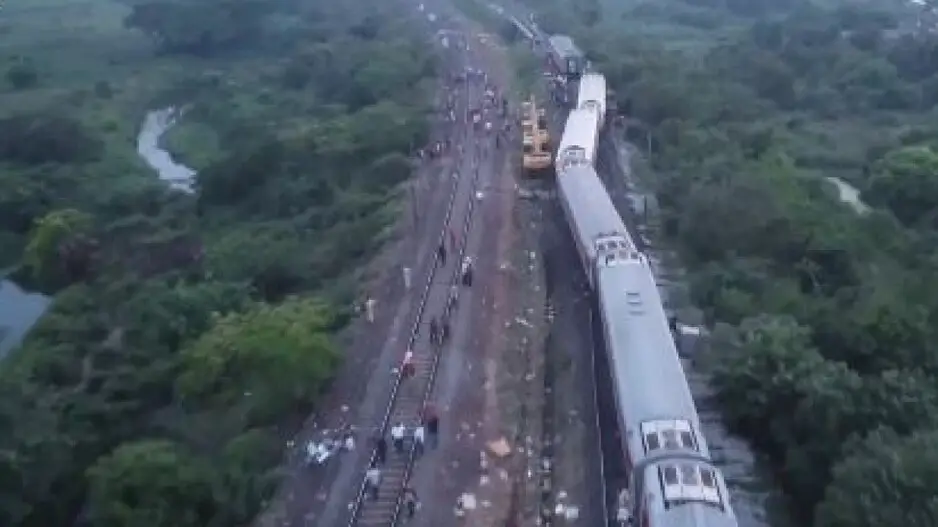/odishatv/media/post_attachments/uploadimage/library/16_9/16_9_0/recent_photo_1743246763.jpg)
Myanmar Earthquake: Is Odisha also at risk? Know seismic risk, past tremors and required preparedness
Even as Odisha is not among India's most seismically active regions, the state has felt a number of earthquake tremors over the years. Historically, Odisha experienced a few moderate earthquakes in the past. Some events with magnitudes exceeding 5.0 originated in the Bay of Bengal off the state's coast.
As per reports, in the past decade, there have been approximately 30 earthquakes with a magnitude of 4.0 or higher within 300 kilometers of Odisha.
Odisha At Risk of Earthquakes?
Odisha falls under seismic zones II and III. This indicates low-to-moderate risk. However, tectonic clashes between the Indian Plate and Myanmar Microplate beneath the Bay of Bengal drive the seismicity. Subsurface faults in the Mahanadi Basin, including coastal and river valley fractures, add to the threat.
Districts Under Seismic Risk
As many as 15 districts in Odisha are classified under Zone-III (moderate intensity zone), according to the Earthquake Hazard Zoning Atlas of India (2016). These districts include Puri, Khordha, Kendrapara, Jagatsinghpur, Cuttack, Jajpur, Dhenkanal, Angul, Deogarh, Sambalpur, Bargarh, Jharsuguda, Sundargarh, Balasore, and Mayurbhanj.
Most Recent Earthquakes That Hit Odisha
February 25, 2025: A magnitude 5.1 earthquake struck the Bay of Bengal at 6:10 AM, causing mild tremors in several parts of Odisha, including Bhubaneswar, Puri, Berhampur, and Balasore. No significant damage or casualties were reported.
March 3, 2023: A magnitude of 3.8 earthquake occurred in Koraput district; tremors were felt in Dasmantpur, Laxmipur, and Narayanpatna blocks. There were no reports of damage or injuries.
Though large quakes are rare, experts urge preparedness:
Earthquake Preparedness
1. Seismic Zoning Compliance: Buildings should follow the Bureau of Indian Standards (BIS) codes for earthquake-resistant construction (IS 1893:2016).
2. Disaster Response Plans: The Odisha State Disaster Management Authority (OSDMA) ensures earthquake preparedness through mock drills and early warning systems.
3. Retrofitting Old Structures: Strengthening vulnerable buildings, especially in Zone III districts (e.g., Puri, Bhubaneswar, Cuttack, Balasore).
4. Earthquake Alerts: Use apps like the Indian Meteorological Department (IMD) Earthquake app for real-time updates.
5. Community Awareness: Schools, offices, and public spaces should have earthquake safety training.
50-year-old Jatni College struggles for UGC funds amidst ‘land patta’ deprivation

Bangalore-Kamakhya Express mishap in Odisha: Watch drone visuals of restoration work

Low voltage, frequent power cut shakes Nabarangpur; irked farmers hit roads

Neglect and decay threaten the beauty of Urmagada waterfall in Odisha’s Kandhamal

/odishatv/media/agency_attachments/2025/07/18/2025-07-18t114635091z-640x480-otv-eng-sukant-rout-1-2025-07-18-17-16-35.png)

/odishatv/media/media_files/2025/09/22/advertise-with-us-2025-09-22-12-54-26.jpeg)